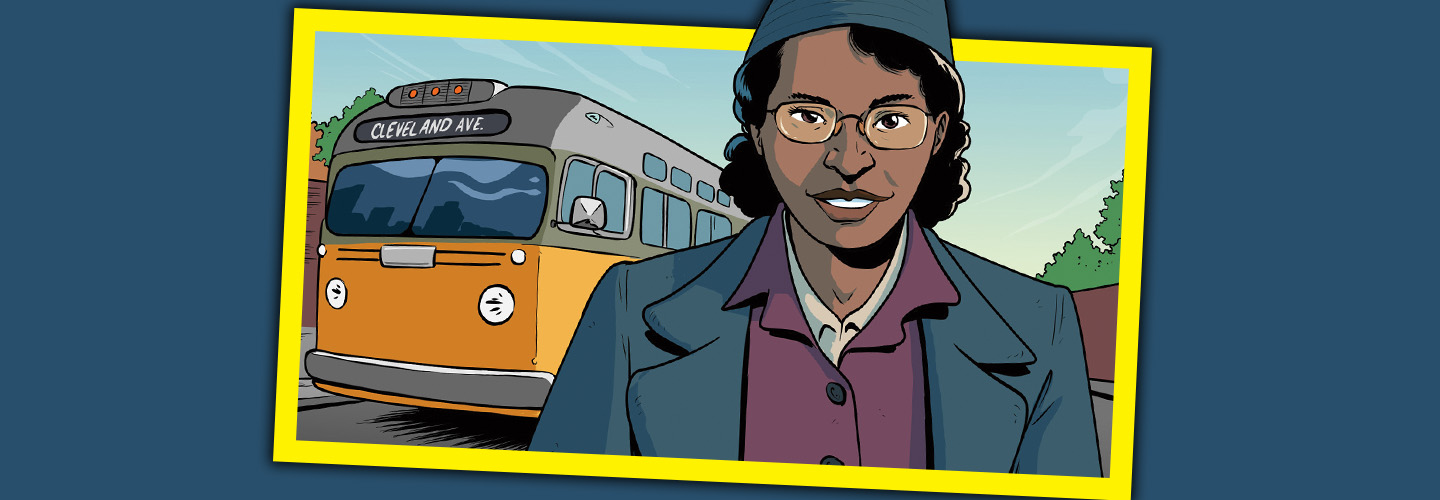Las acciones de Parks iniciaron un movimiento. Tras el arresto de Parks, comenzó el boicot de autobuses de Montgomery. Por más de un año, miles de personas negras se negaron a ir en los buses urbanos de Montgomery. En esa época, la mayoría de las personas negras no tenía auto. Así que tenían que caminar o ir en bicicleta al trabajo y la escuela.
Con esto, la gente del país se fijó en las leyes injustas. El 13 de noviembre de 1956, el Tribunal Supremo de EE. UU., el tribunal más importante de nuestro país, prohibió la segregación en los buses.
Las acciones de Parks inspiraron a otros a defender sus derechos civiles.
“Solo quería ser libre como todo el mundo”, explicó Parks más tarde.

